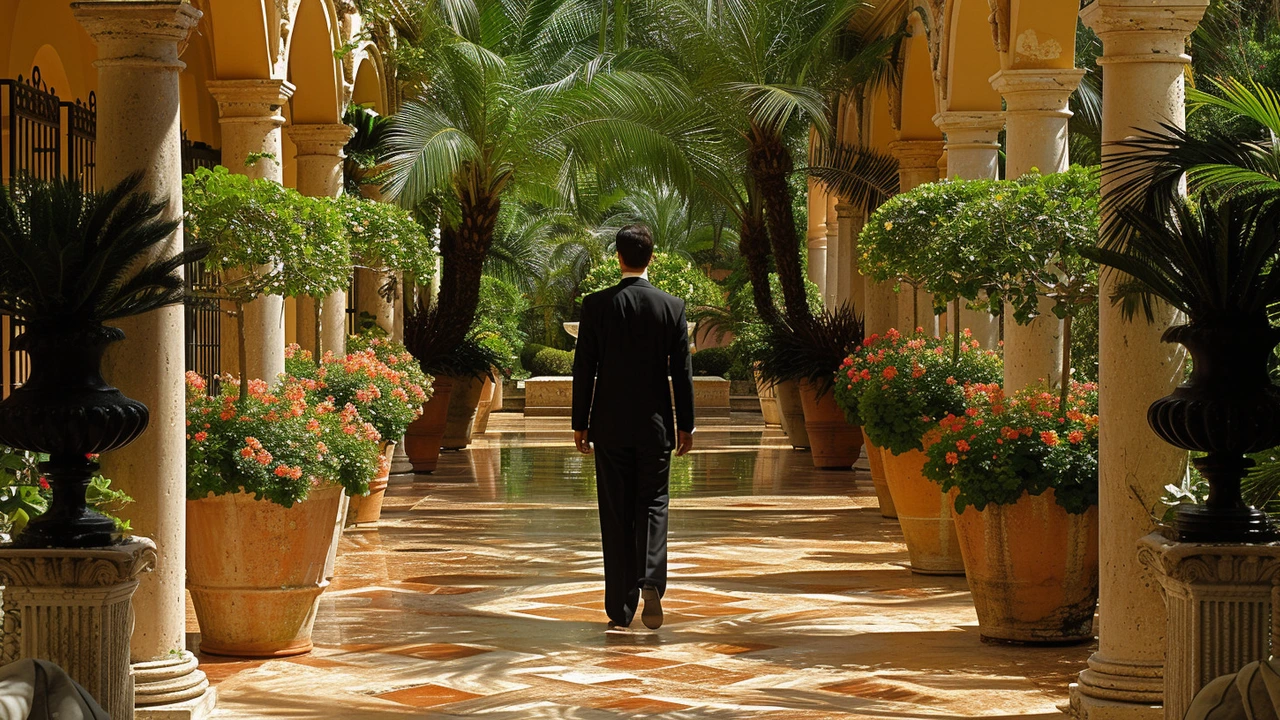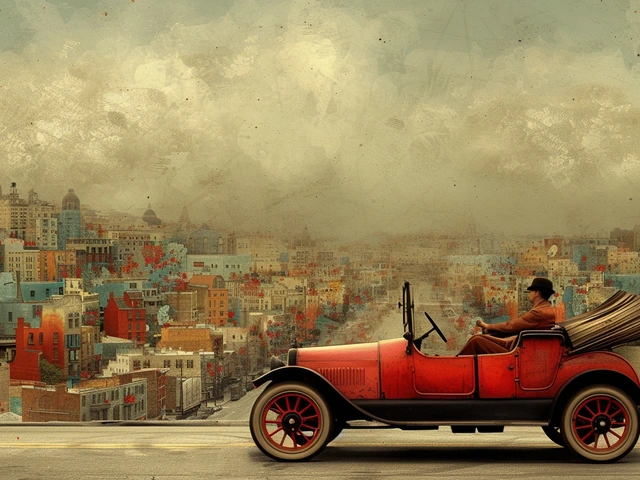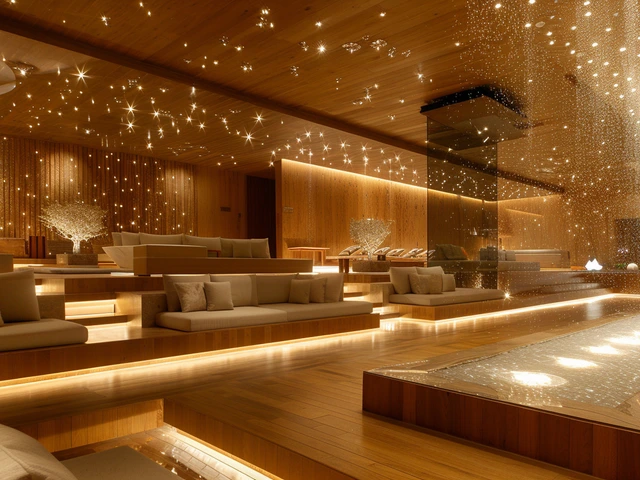The Rebirth of Classicism in Contemporary Art
Let's take a walk along the memory lane, to a time when the Romans were establishing the cornerstones of the Western World's architectural and artistic norms. As they took inspiration from the Greeks before them, they brought in being an aesthetic that would later become known as "Classicism." And guess what? That aesthetic is witnessing a revival today - in modern times - in a most unexpected way. You don't believe me? Well, buckle up for this deep dive into the resurgence, or maybe the remnants, of Classicism in today's art.
And when I say art, I don't just mean paintings or sculptures. You see, Classicism was a universal language that transcended mediums and was visible in architecture, literature, music, and even fashion. It was the very fabric of societal norms and modes of expression, veering towards simplicity and grandeur at the same time – quite paradoxical, wouldn't you agree? Yet, it worked, and here we are, some two millennia later, revisiting it with our modern sensibilities.
Modern Classicism: A Juxtaposition of Ages
Now, you might think this resurgence could be harkening us back to toga parties and amphitheaters in our backyard. But trust me, although I wouldn't be against a good toga party, the modern interpretation is much more discerning and subtle.
It shapes our cities, gives character to our buildings, infiltrates opera houses, national monuments, and more – all without overstating the connection to its historical roots. The prevalence of neoclassical architecture, for instance, such as the iconic White House or the grandeur of the United States Capitol, are excellent exhibits of how deeply engrained classicism is in our societal structures. It's like a classic fruitcake - always there but rarely acknowledged!
Erratic Evolution
If evolution is constant, it's also surprisingly erratic at times. However, that erraticness is what makes our world such an intriguing place, isn’t it? Just as classicism was once replaced by Renaissance and later by modernism, today, it's modernism itself that is being shrouded by the comeback of classicism.
It's somewhat like watching a rerun of a favourite old movie - you know the plot, but it feels fresher and more relevant with each viewing. The same story, but ever-evolving – this is Classicism in modern times, my friends!
Familiarity in the Unfamiliar
Once, at a high school reunion, a buddy of mine remarked, "Oliver, you haven't changed a bit!" Even though my hairline would strongly disagree with that statement, I feel the spirit of it applies to classicism. It remains present because it feels familiar, even when applied in unfamiliar contexts - like in the digital art world, where the concept of virtual classicism has started to make waves recently.
Ironically, as we further into digital and virtually organized world, the longing for something tactile, tangible and "real," as opposed to the abstractness of digital reality, increases. That's where Classicism rises from its ashes - offering a well-known, well-loved bridge between the past and the present.
The Persistence of Memory
Finally, the whole jigsaw puzzle of classicism's resurgence can be put together by understanding the role memories and past play in our subconscious. As someone who once found an old, classic vinyl record in my dad's attic, dusted it off, and kept it as a coveted possession, I can testify how the allure of the past can instigate a romanticism powerful enough to incite a resurgence.
This is the power of classicism; it is more than artistry; it's a historical memory that enthralls, comforts and enhances our lives, leaving an indelible imprint. The beauty of classicism ensures its agelessness, allowing it to rise and fall, and rise again like a high-stakes game of artistic phoenix!
So, the next time you encounter a touch of classicism subtly incorporated into modern design or art, give it a nod of acknowledging. After all, it's a poignant representative of our ancient roots, merged seamlessly into our modern identities – a classic case of resurgence or remnant? I'll leave that for you to decide.



